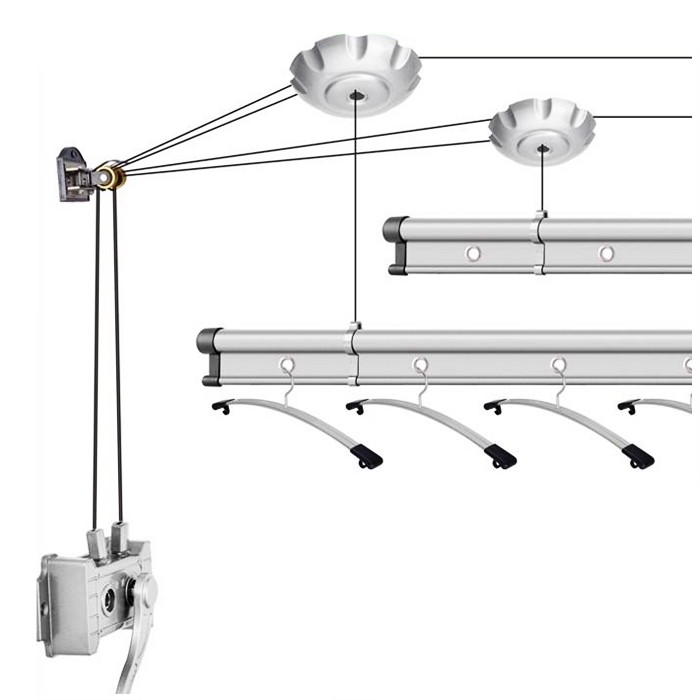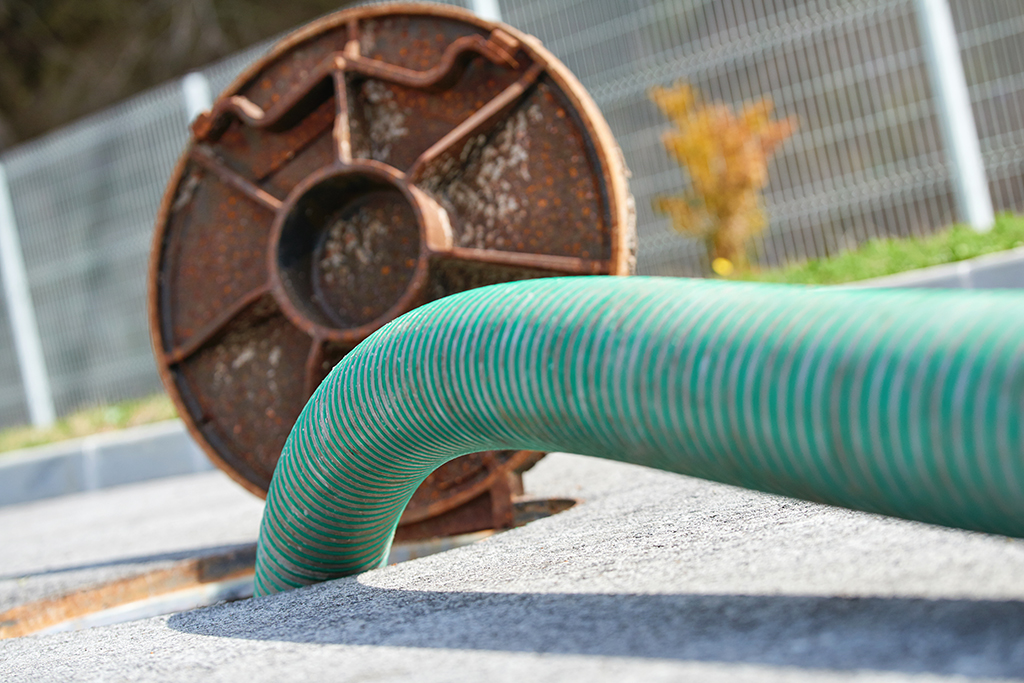Understanding Sheet Metal Fabrication and It is Applications
Sheet metal has become an aspect of current life for some individuals and if they mindful of this, the reasonable structure material are utilized in most everything from touchy hardware gear to the development of whole structures. Regularly when individuals consider sheet metal they consider aluminum or steel since that is the structure it ordinarily takes where it tends to be seen; however what numerous individuals do not understand is that the way toward making the metal sheets has been applied to a wide range of metals and have been given various names since they normally have various capacities then development. For the most evident model, tin foil is really a kind of sheet metal of an outstandingly high check with the goal that it very well may be handily twisted and torn for different purposes. Another normal type of sheet metal is known as ‘leaf’ where gold, platinum or silver is delivered down to sheet metal and utilized as a type of enriching covering for in any case plain adornments or sculpture.

Beside embellishment, the leaf and customary sheet styles are additionally utilized in the manufacture of wiring and impetuses as an approach to extend in any case restricted assets for the most extreme measure of usefulness that can be picked up. In any case, it is not just valuable metals that are utilized close by aluminum and steel for the development of metal sheets. Metal, copper, nickel, tin and titanium are completely molded into sheets for a wide assortment of employments from family unit machines to the external layer of the Chrysler building’s steeple. The sheet style is framed when the metal being utilized is filled a rectangular shape to cool into an ingot that is washed in different synthetics to ‘pickle’ it, cleaning it and eliminating pollutions that may even now be in the metal.
When the ingot has been salted it is passed between into a presser where the ingot is run between two rollers to disperse the metal over and over until the ingot has been arrived at the correct width; this cycle likewise solidifies the metal so it can withstand more strain and is more hard to break. When the metal has arrived at the ideal thickness the sheet metal manufacturing is then ready for pressing, either spread out sheets on each other or rolled and conveyed that way. Ordinarily metal of a higher measure and subsequently more slender, is moved since it is a generally simple issue to straighten it back out for whatever reason it is being utilized for. When the sheet has been framed, there is a huge assortment of approaches to shape the metal into the structure it should be utilized in yet the most well-known is basically known as ‘bowing’.


